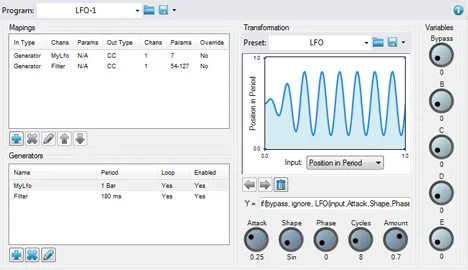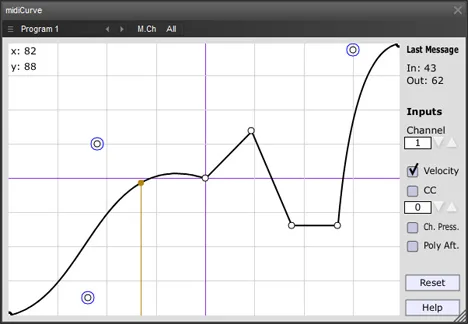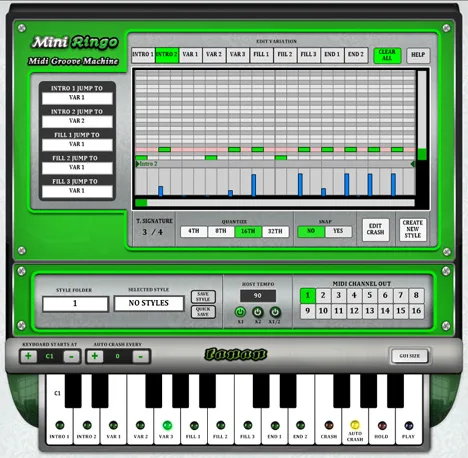Musicians and producers are constantly seeking new ways to enrich their arrangements and add depth to their sound. This is especially relevant when working with keyboard instruments, where creating rich harmonies can take significant time or require high virtuosity. The Harmonyzer plugin from Ginsonic offers an elegant and intuitive solution to this task, allowing you to easily add harmonic notes to your melodies and solos.
What is Harmonyzer and how does it work?
Harmonyzer is an innovative MIDI plugin developed by Ginsonic that transforms playing on a keyboard by adding harmony to your solo parts. Its main principle of operation is based on dividing the keyboard (split point) into two zones. The left side of the keyboard (or the player’s left hand) is used to define chords or a harmonic basis, while the right side (right hand) is intended for playing melodic lines or solo notes.
When you play a solo note on the right side of the keyboard, Harmonyzer automatically analyzes the chord you are holding or played on the left side and adds the corresponding harmonic notes to your solo note. This happens in real-time, creating an instant harmonic accompaniment for your melody. Thus, you can focus on the melodic line, and the plugin takes care of the harmonization.
Key features and flexibility
Harmonyzer doesn’t just add random notes – it offers a number of parameters for precise adjustment and control over the harmonization process. Here are some of them:
- Keyboard Split (Split Point): You can easily adjust the keyboard split point, determining where the chord zone ends and the solo zone begins. This allows you to adapt the plugin to any MIDI keyboard and your individual playing needs.
- Independent MIDI channels: Each part of the keyboard (left for chords, right for solo/melody with added harmony) can send MIDI data to a separate channel. This opens up wide possibilities for routing, allowing you to control different virtual instruments simultaneously – for example, piano for chords and strings for melody with harmony.
- CC control: You can assign a MIDI Continuous Controller (CC) to enable or disable the harmonization effect. This is convenient for quickly switching between playing with and without harmony directly during performance or recording.
- Maximum number of notes: The plugin allows you to set the maximum total number of notes (including the solo note and added harmonic notes) that can sound simultaneously. This helps to avoid excessive “cluttering” of the sound space and to control the density of harmony.
Using Harmonyzer in your workflow
Integrating Harmonyzer into your digital audio workstation (DAW) is simple. As a MIDI plugin, it should be inserted before the virtual instrument or chain of instruments you want to control. After installing the plugin on a MIDI track or before the instrument, you set up MIDI channels for input and output for each part of the keyboard, define the split point, and, if desired, assign a CC for control.
This plugin will become an indispensable tool for:
- Keyboardists: Simplifies the performance of complex parts, where you need to play a melody and rich harmonies simultaneously. Allows you to experiment with different chord progressions without being distracted from the melody.
- Producers: Helps to quickly sketch harmonic ideas for melodies, create rich pads and textures. Speeds up the arrangement process.
- Beginners: Helps to understand how different chords interact with melodies, visualizing the added harmonic notes.
Harmonyzer from Ginsonic is a powerful but easy-to-use tool that opens up new possibilities for creativity. It allows you to easily transform simple melodies into full-fledged harmonic works, making the process of writing and performing music even more exciting and productive.



